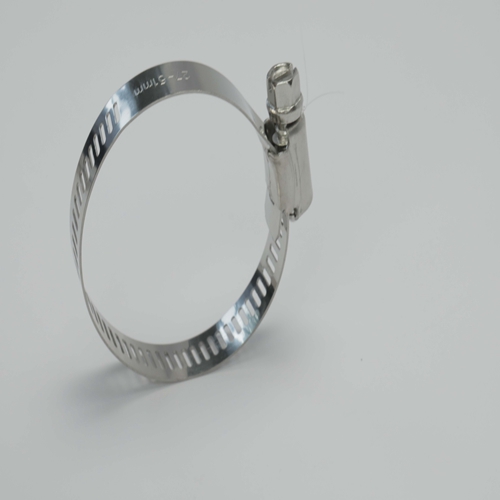- Phone:+86-17331948172 +86-0319-8862898
- E-mail: inquiry@puxingclamp.com
តុលា . 09, 2024 14:14 Back to list
7/32 Inch Hose Clamp for Secure and Reliable Connections in Various Applications
Understanding the Importance of 7/32 Hose Clamps
Hose clamps are an essential component in a variety of applications, from automotive repair to plumbing, ensuring that hoses are securely fastened to fittings and preventing leaks. Among the various types and sizes available, the 7/32 hose clamp is particularly noteworthy due to its versatility and effectiveness in maintaining secure connections.
So, what exactly is a 7/32 hose clamp? The term 7/32 refers to the diameter size that the clamp can accommodate, specifically 7/32 of an inch, or approximately 5.56 mm. This measurement is crucial because hose clamps come in different sizes to fit various hoses, ensuring that each clamp can create a tight seal. A proper fit is essential for preventing leaks and maintaining the integrity of fluid transport systems in which they are utilized.
One of the most common uses for 7/32 hose clamps is in automotive applications. In vehicles, a wide array of hoses carry fluids, including coolant, fuel, and air. Any loose connection can lead to severe leaks or system failures. By using a properly sized 7/32 hose clamp, mechanics can ensure that hoses are held tightly in place, reducing the risk of these potentially dangerous situations. Furthermore, the durability of hose clamps means that they can withstand the vibrations and temperature fluctuations that are typical in automotive environments.
7/32 hose clamp

In plumbing, 7/32 hose clamps serve a similarly critical function. They are often used to secure hoses connected to faucets, garden hoses, or even in industrial applications where liquid transportation is necessary. Ensuring that these connections are leak-proof is vital not only for functionality but also for safety, particularly when dealing with hazardous materials.
Hose clamps are generally made from various materials including stainless steel, plastic, and zinc plating, each offering different benefits. Stainless steel clamps, for instance, are known for their resistance to corrosion and rust, making them suitable for both indoor and outdoor applications. On the other hand, plastic clamps may be preferable in environments where metal components could pose a risk of electrical conductivity.
Installation of a 7/32 hose clamp is typically straightforward, requiring minimal tools – often just a screwdriver or a wrench. However, it is critical to ensure that the clamp is tightened correctly. Over-tightening can cause damage to the hose, while under-tightening may not provide a sufficiently secure fit, leading to leaks. Therefore, following manufacturer instructions or guidelines can lead to optimal performance.
In conclusion, the 7/32 hose clamp is a small but mighty component in many systems that depend on secure hose fittings. Its versatility in applications from automotive to plumbing highlights its importance in various sectors. By ensuring hoses remain tightly secured, these clamps play a crucial role in maintaining the functionality and safety of numerous systems. Whether you are a DIY enthusiast or a professional mechanic, understanding the role of hose clamps, particularly the 7/32 size, can enhance your work quality and the reliability of the systems you maintain.
-
Heavy Duty Hose Clamp | Premium Durability & Security
NewsAug.01,2025
-
Large Stainless Steel Adjustable American Type Hose Clamp - Hebei Pux Alloy Technology Co., Ltd.
NewsAug.01,2025
-
Large Stainless Steel Adjustable American Type Hose Clamp - Hebei Pux Alloy Technology Co., Ltd
NewsAug.01,2025
-
Large Stainless Steel Adjustable American Type Hose Clamp - Hebei Pux Alloy Technology Co., Ltd.
NewsJul.31,2025
-
Large Stainless Steel Adjustable American Type Hose Clamp - Hebei Pux Alloy Technology Co., Ltd | Corrosion Resistance, High Torque
NewsJul.31,2025
-
Durable Hose Clamps with GPT-4 Turbo Tech | Secure Sealing
NewsJul.31,2025




